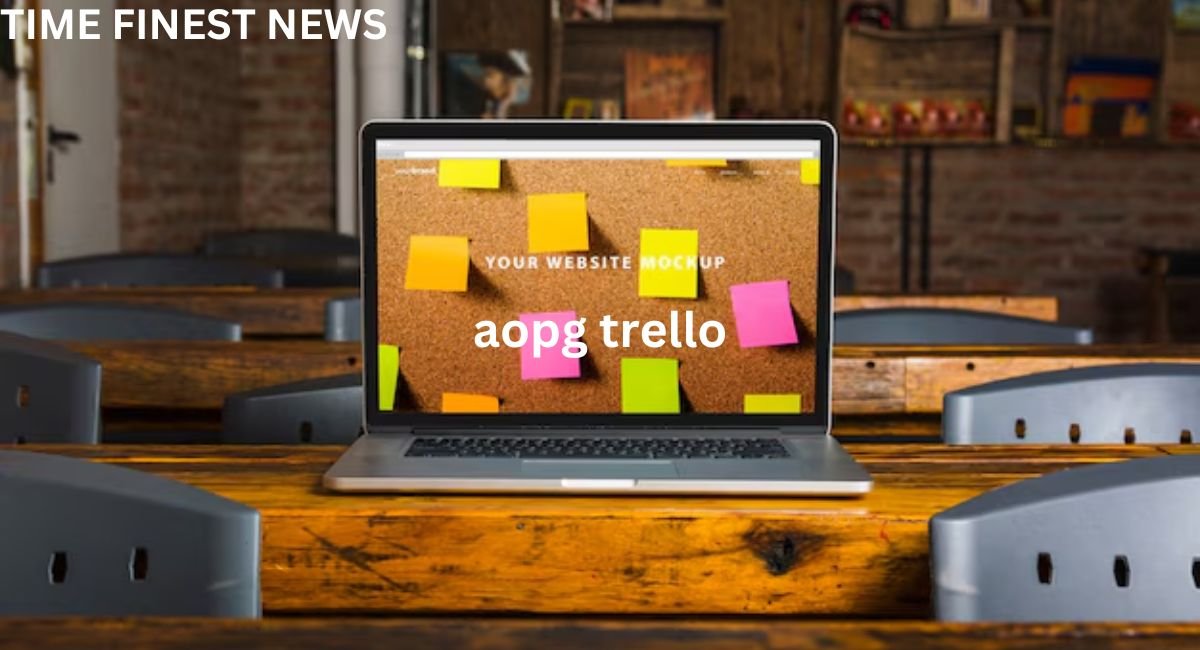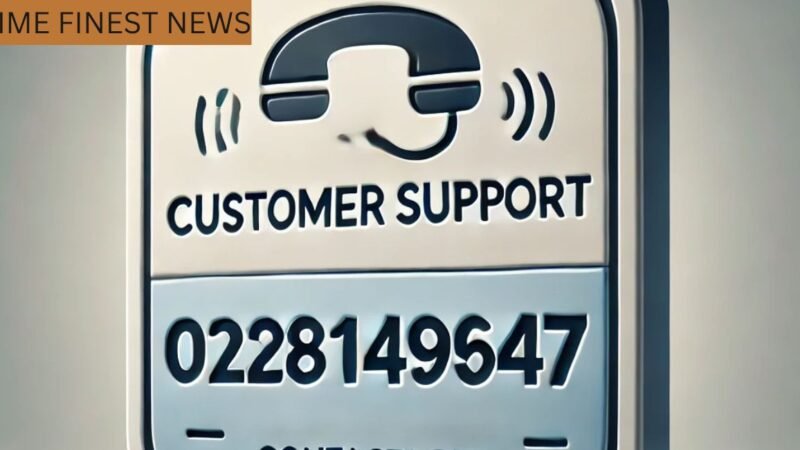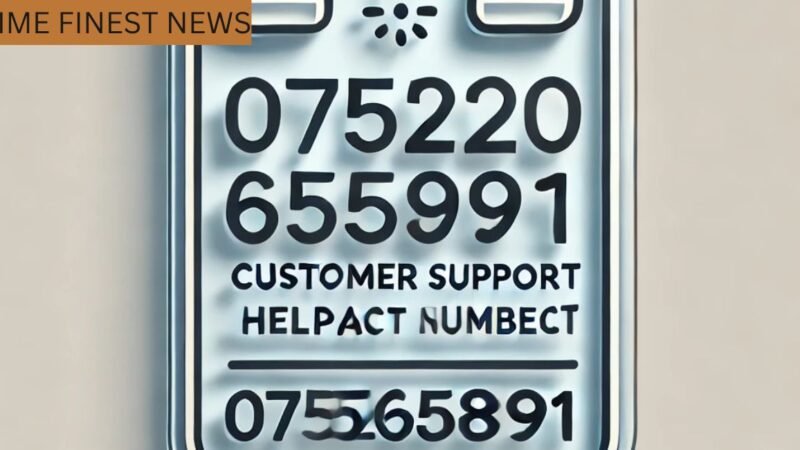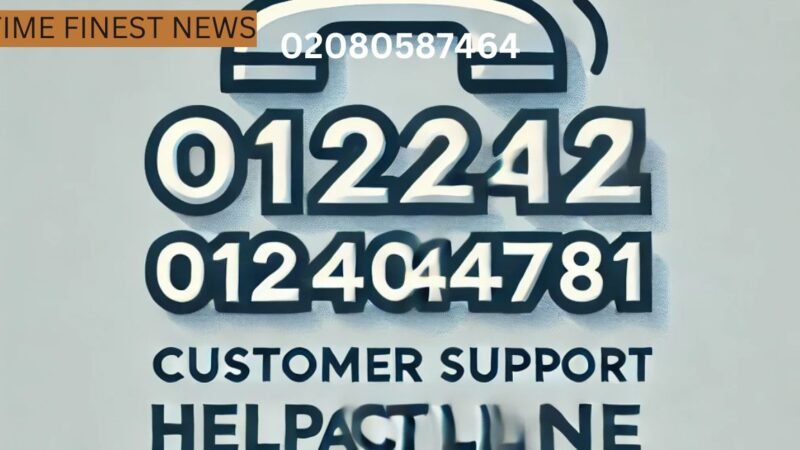Mastering AOPG Trello: Ultimate Guide for Success

Understanding AOPG Trello
AOPG Trello stands out in the crowded field of project management tools due to its visual and user-friendly interface. At its core, Trello uses boards to represent projects, lists to categorize stages of the project, and cards to signify individual tasks. This structure not only simplifies the task management process but also provides a clear visual overview, making it easy to track progress and priorities at a glance.
Getting Started with AOPG Trello
To embark on your AOPG Trello journey, the first step is setting up your account and creating your initial board. Each board you create serves as a dedicated space for a specific project or workflow. For instance, if you’re managing a content creation process, you might have boards for ideation, drafting, editing, and publishing.
Within each board, lists can be used to represent different stages of the project. In our content creation example, lists could include “Ideas,” “In Progress,” “Under Review,” and “Published.” Cards are then added to these lists to represent individual tasks, such as writing a blog post or creating graphics.
Maximizing Productivity with AOPG Trello
To truly harness the power of AOPG Trello, it’s essential to delve into its productivity-enhancing features. One of the most effective ways to do this is by utilizing labels. Labels allow you to color-code your cards, making it easier to identify the type or priority of tasks at a glance. For example, you could use red labels for high-priority tasks, green for completed tasks, and blue for tasks awaiting review.
Another powerful feature is the calendar power-up, which integrates a calendar view into your board. This visual representation of deadlines and due dates ensures that nothing slips through the cracks. Coupled with Trello’s notification system, which alerts you to upcoming deadlines and task updates, staying on top of your workload becomes significantly more manageable.
Collaborating Effectively with AOPG Trello
AOPG Trello excels in facilitating collaboration among team members. By inviting colleagues to your board, you can assign tasks, share attachments, and leave comments—all within the same platform. This centralized communication ensures that everyone is on the same page, reducing the risk of miscommunication and enhancing overall team productivity.
Using @mentions in comments is a particularly effective way to draw a teammate’s attention to a specific task or update. This feature sends a notification to the mentioned user, ensuring they see the relevant information promptly. Additionally, Trello’s activity feed provides a comprehensive overview of all recent actions on the board, keeping everyone informed of the latest developments.
Advanced AOPG Trello Tips and Techniques
For those looking to take their AOPG Trello experience to the next level, several advanced features can significantly boost efficiency. Butler, Trello’s built-in automation tool, allows users to automate repetitive tasks. For example, you can set up rules to automatically move cards to a different list when certain conditions are met, such as when a due date is reached or when a task is marked as complete.
Integrating AOPG Trello with other tools can also streamline your workflow. For instance, connecting Trello with Slack ensures that team communications are centralized, while integrating with Google Drive allows for seamless attachment of documents and files. Zapier, a third-party automation tool, can further enhance Trello’s functionality by linking it with hundreds of other apps, creating automated workflows that span multiple platforms.
Customizing Your AOPG Trello Experience
Personalization plays a crucial role in making AOPG Trello work for your specific needs. Custom backgrounds and card covers can make your boards more visually appealing and easier to navigate. For instance, using a color-coded background can help distinguish different projects at a glance.
Custom fields are another powerful customization tool, allowing you to add specific information to cards beyond the default options. For example, if you’re managing a sales pipeline, you could add custom fields for deal size, client contact information, or expected close date. This additional data can be crucial for tracking and reporting purposes.
Common Challenges and How to Overcome Them
Despite its many advantages, AOPG Trello users may encounter certain challenges. One common issue is the potential for boards to become cluttered, especially when managing large projects with numerous tasks. To mitigate this, regularly review and archive completed cards. This practice not only keeps your boards clean but also ensures that only active tasks are visible, reducing cognitive load.
Another challenge is ensuring that all team members use Trello consistently. Establishing clear guidelines and best practices for board usage can help maintain consistency. For example, you might create a template board with predefined lists and labels that team members can copy and use for new projects.
Integrating AOPG Trello with Other Tools
To further enhance the capabilities of AOPG Trello, integrating it with other tools can create a more seamless and efficient workflow. Slack integration, for instance, allows you to receive Trello notifications directly within your Slack channels, ensuring that important updates are never missed. This integration also facilitates quick communication, as team members can discuss tasks and projects in real-time.
Google Drive integration is another powerful feature, allowing you to attach files directly to Trello cards from your Drive account. This is particularly useful for teams that frequently share documents, spreadsheets, or presentations, as it centralizes all relevant files in one accessible location.
For those who need even more automation, Zapier offers extensive integration options with AOPG Trello. With Zapier, you can create “Zaps” that automatically trigger actions across different apps based on predefined conditions. For example, you could set up a Zap to create a new Trello card whenever a new email arrives in your Gmail inbox with a specific subject line.
Best Practices for Using AOPG Trello
To make the most of AOPG Trello, adopting certain best practices can enhance your overall experience. One effective practice is to use templates for recurring projects. Trello allows you to create template boards that can be copied and used as a starting point for new projects. This not only saves time but also ensures consistency across similar projects.
Another best practice is to regularly review and update your boards. This includes archiving completed cards, adjusting due dates, and reassigning tasks as necessary. Regular maintenance of your Trello boards helps keep them relevant and manageable, ensuring that they continue to serve their purpose effectively.
Leveraging AOPG Trello Power-Ups
Power-ups are add-ons that extend the functionality of Trello, and there are many options available to enhance your workflow. The Calendar Power-Up, as mentioned earlier, is invaluable for visualizing deadlines and due dates. Another useful power-up is the Card Repeater, which automatically duplicates cards at set intervals, perfect for recurring tasks.
For those managing complex projects, the Gantt Chart Power-Up can provide a more detailed view of project timelines and dependencies. This visualization helps identify potential bottlenecks and ensures that projects stay on track.
Enhancing Team Collaboration with AOPG Trello
Effective collaboration is crucial for any team’s success, and AOPG Trello offers several features to facilitate this. Shared boards enable team members to collaborate on projects in real-time, with changes instantly reflected for all users. This real-time collaboration reduces the need for back-and-forth emails and ensures that everyone has access to the latest information.
Using comments and @mentions within cards is another way to enhance communication. Team members can discuss specific tasks directly on the relevant cards, ensuring that all information is centralized and easily accessible. This reduces the risk of miscommunication and ensures that everyone is on the same page.
Tracking Progress and Performance with AOPG Trello
One of the key benefits of AOPG Trello is its ability to track progress and performance. By using checklists within cards, you can break down tasks into smaller, manageable steps. This not only makes it easier to track progress but also provides a sense of accomplishment as items are checked off.
The use of due dates and the Calendar Power-Up helps ensure that tasks are completed on time. Additionally, Trello’s built-in reporting features, such as the activity feed and board overview, provide insights into how work is progressing and where bottlenecks might be occurring. For more detailed reporting, integrating Trello with third-party tools like Trello Analytics or Bridge24 can offer deeper insights and analytics.
Case Studies: Success Stories with AOPG Trello
Many organizations have leveraged AOPG Trello to achieve significant improvements in productivity and collaboration. For instance, a marketing agency might use Trello to manage content creation, with boards for brainstorming, content calendar, and campaign tracking. By centralizing all tasks and deadlines, the agency can ensure that campaigns are executed smoothly and on time.
Similarly, a software development team could use Trello to manage their agile workflow. With boards for backlog, in-progress tasks, and completed tasks, the team can visualize their progress and identify any blockers quickly. Using Trello’s automation features, such as Butler, to automate repetitive tasks, the team can focus more on coding and less on administrative work.
Frequently Asked Questions
What is AOPG Trello?
AOPG Trello is a visual project management tool that helps users organize tasks, projects, and collaborations through boards, lists, and cards.
How can I maximize productivity with AOPG Trello?
Utilize custom labels, calendar power-ups, and automation features like Butler to prioritize tasks, visualize deadlines, and automate repetitive processes.
How do I collaborate with my team on AOPG Trello?
Invite team members to your board, assign tasks, leave comments, and share attachments to foster collaboration. Use @mentions to ensure proper communication.
What are some advanced features of AOPG Trello?
Advanced users can benefit from automation tools like Butler, integrations with other platforms such as Slack and Google Drive, and custom fields for additional card information.
How can I customize my AOPG Trello boards?
Personalize your boards with custom backgrounds, stickers, and card covers. Use custom fields to add specific information tailored to your needs.
What should I do if my AOPG Trello board becomes cluttered?
Regularly review and archive completed tasks to keep your board clean. Set clear guidelines for team usage to maintain consistency and efficiency.
Conclusion
AOPG Trello is an incredibly versatile and powerful tool that can revolutionize the way you manage tasks and collaborate with your team. By understanding its core features and implementing advanced tips and techniques, you can unlock its full potential and achieve unprecedented levels of productivity and organization. Whether you’re managing personal projects or leading a team, AOPG Trello is your go-to solution for efficient and effective project management.





